24 July 1778 Friday
. . . . . .
Artifacts of the Bianconi vs Piranesi 'Circus of Caracalla' affair 1772-1789
Giovanni Lodovico Bianconi's "Elogio Storico del Cavaliere Giovanni Battista Piranesi Celebre Antiquario ed Incisore de Roma" (1779)
paragraph five
It was not enough for our craftsman to excel in engraving, who wanted to add learned descriptions and antiquarian research to his branches, to which his often strange and new, and more often visionary, ideas were to serve as nourishment. But how to do this, if he lacked the necessary capital for such a purpose, and the knowledge of the two learned languages, without which there is no solid erudition? He dexterously defied various distinguished men of letters, who, in love with his genius and his burin, did not disdain to work for him, composing famous treatises corresponding to such beautiful branches, and they had the generosity to allow him until he published them under his name. Do not hesitate to include in this number Monsignor Bottari, the learned Jesuit Father Contucci and various others, whom we deem useless to name here. From time to time, therefore, he saw Rome release Atlantic volumes of highly learned prints and dissertations with the names of those who were barely able to read them, although they could then give a good account of them, but in their own way, to those who spoke to them. In the long run, however, Piranesi was disgusted with almost all these men of letters, now because of his natural intolerance and rudeness, and now because those learned writers did not want to adopt his extravagant visions. Piranesi finally arrived to persuade himself that those books which for him had composed so many illustrious pens were entirely his work, and woe to you if anyone did not grant it to him, not excluding here not even the authors themselves. The only one who ever kept him in check until his death was the very noble Monsignor Riminaldi auditor of Rota. Like Neptune, who with a stroke of his trident silences Aeolus and the winds, with his erudition and moderation had gained such possession over him that when he raised his voice, Piranesi immediately fell silent. There is no man, however ferocious and powerful, who does not have his ruler in this world, whom he cannot in any way resist. A man who became so famous had to take place in our Academy of S. Luca. It was therefore aggregated to this illustrious body in the year 1761; but here too Piranesi brought discord. In the rooms of the academy he found a very serious quarrel with an architect, who did not speak of art in his own way, and they came to blows, but the nascent fire was soon put to sleep by the co-academics.
Within the context of the Circus of Caracalla, Bianconi made it clear that he was not about to adopt Piranesi's "extravagant vision" of the Circus of Caracalla's plan--"Among the most modern, which we have been able to see, Mr. Piranesi divulged the plan drawn by that same mercenary, who worked so sincerely for our Author, and in the same taste, that is to say, full of dreams, and of enormous blunders, fruit either of malice, or of crass ignorance, or of lightheadedness."
46 y.o. Francesco Piranesi 1804
Le Antichità della Magna Grecia Parte I
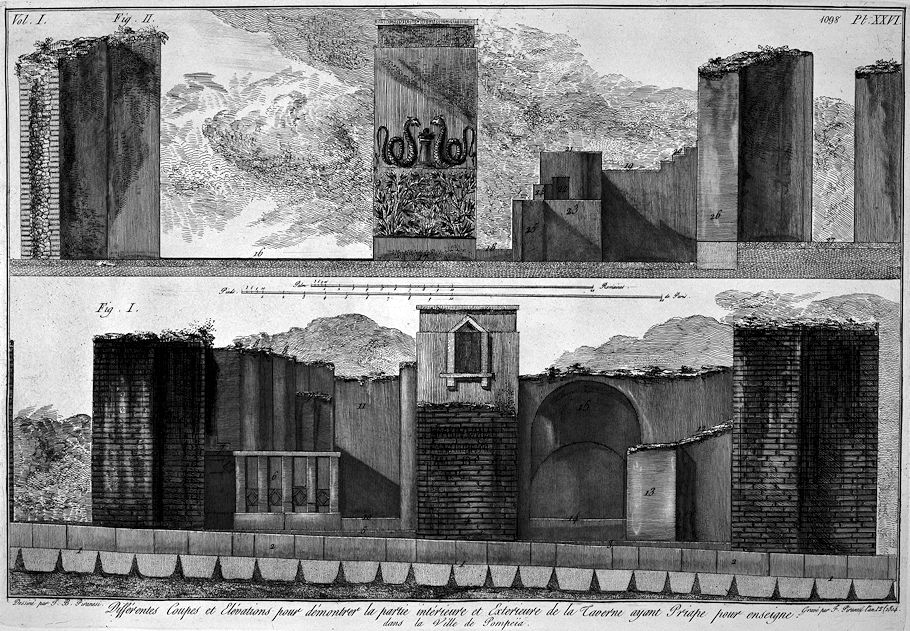
Different Sections and Elevations to demonstrate the interior and exterior part of the Tavern with Priape as a sign, in the City of Pompeii.
Drawn by G.B. Piranesi
Engraved by F. Piranesi Year 12 (1804)
24 July 1812 Friday
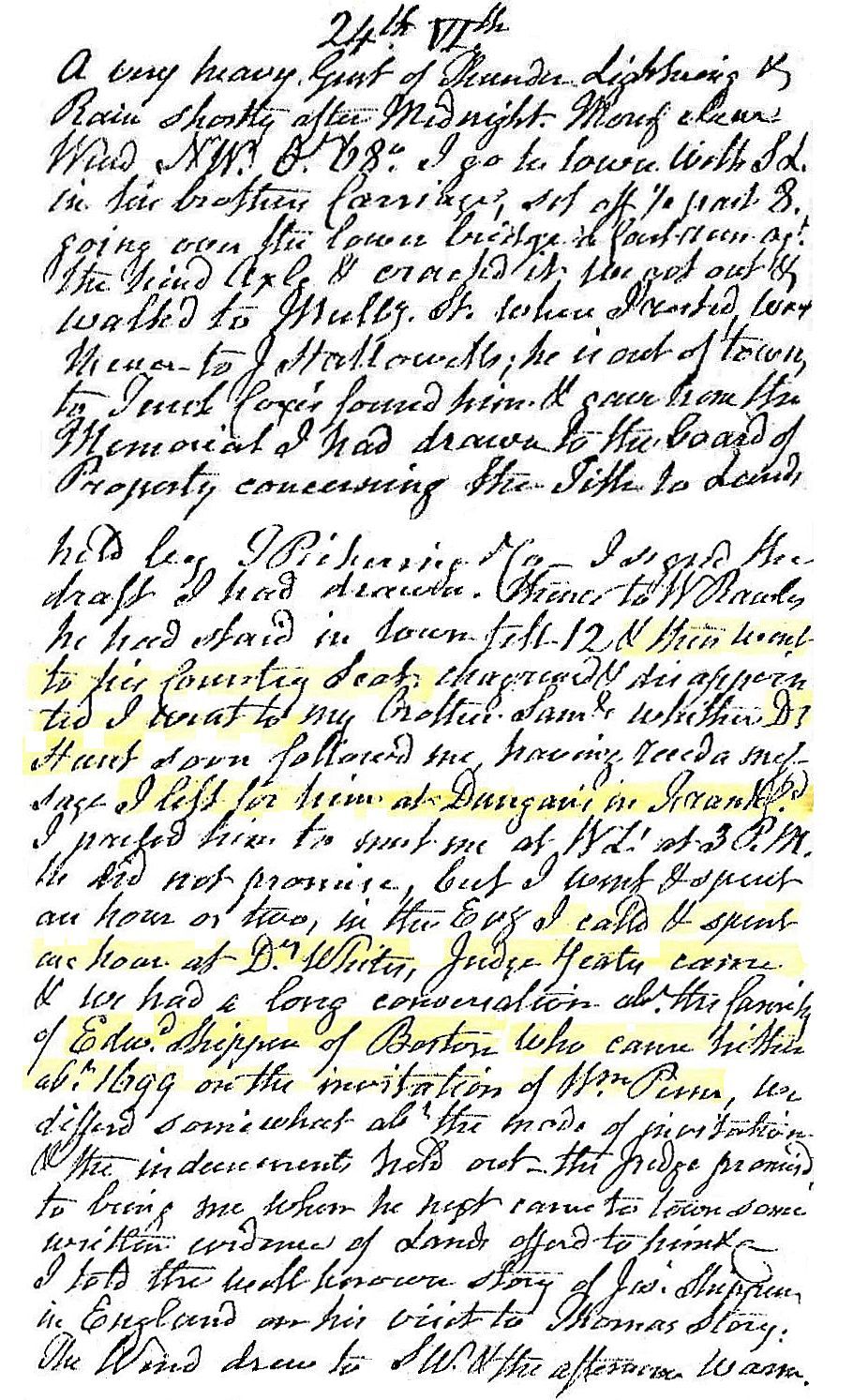
A very heavy gust of thunder, lightening and rain shortly after midnight. Morning clear, wind NW, temperature 68°. I go to town with SL in his brother's carriage, set off 1/2 past 8. Going over the lower bridge, a .... ran .... the hind axle and cracked it. We got out and walked to Mulberry Street where I rested. ... thence to J Hallowell's; he is out of town. To T.... Coxe's, found him and gave him the Memorial I had drawn to the Board of Property concerning the title to land held by T Pickering & Co.--I signed the draft I had drawn. Thence to W Rawles, he had stayed in town till 12 and then went to his country seat. Chagrined and disappointed I went to my brother Samuel's whither Dr. Hunt soon followed me, having read a message I left for him at Dungan's in Frankford. I pressed him to meet me at WL's at 3 PM. He did not promise, but I went and spent an hour of two. In the evening I spent an hour at Dr. White's. Judge Yeates came and we had a long conversation about the family of Edward Shippen of Boston who came hither about 1699 on the invitation of William Penn. We differed somewhat about the mode of invitation and the inducements held out. The Judge promised to bring me when he next came to town some written evidence of land offered him etc. I told the well known story of J.. Shippen on his visit to Thomas story. The wind drew to SW and the afternoon warm.
24 July 2001
Philadelphia Museum of Art
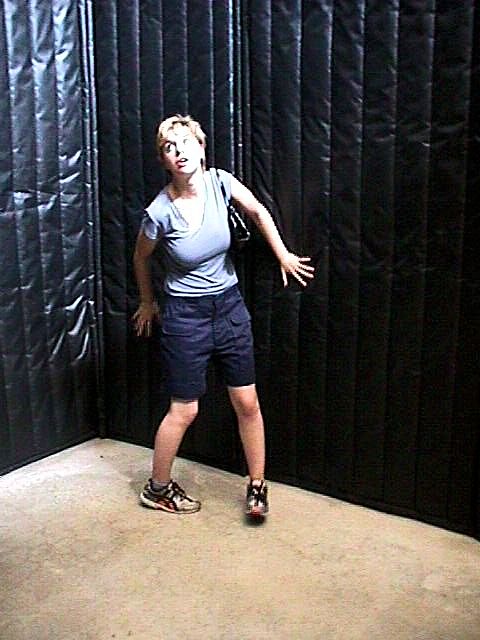
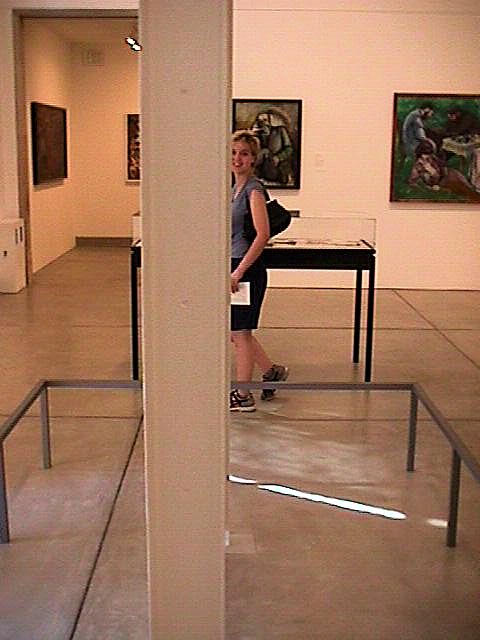
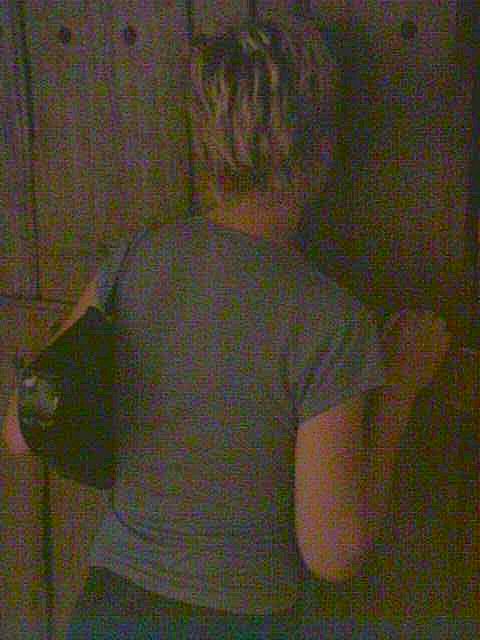
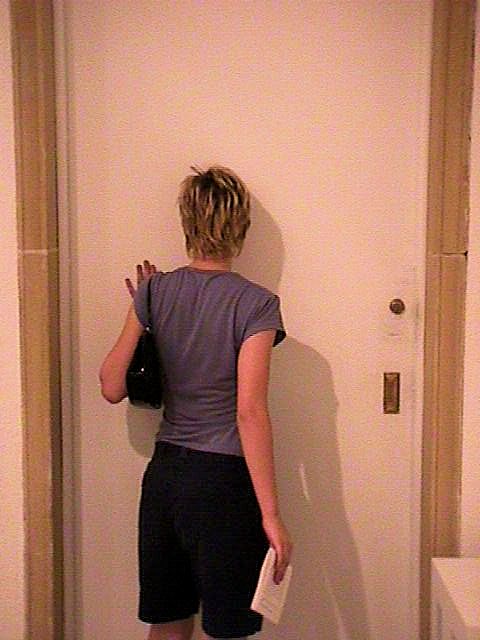
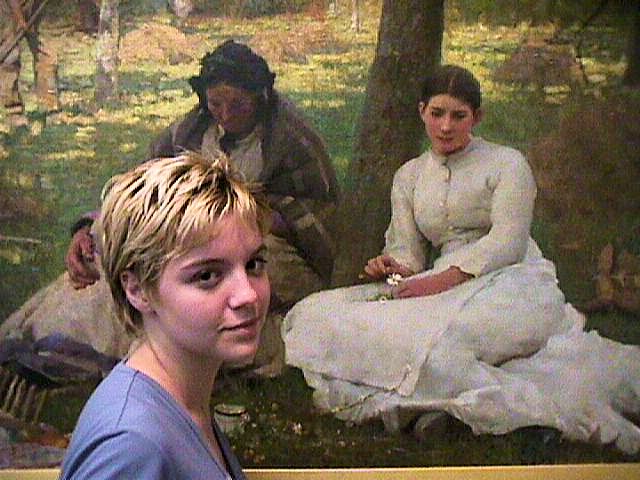
24 July 2003
(calendrically coincidental) 25 July
I am (today) compiling more specific late antiquity events that coincide on 25 July. Here's an outline:
25 July 306: Constantius I dies at Eburacum (York), with his son Constantine at his side. Constantine is subsequently hailed Caesar by the troops.
25 July 315: Constantine's Decenalia (tenth anniversary as emperor--note Romans counted 25 July 306 as Constantine's year one; they didn't count with a zero) at Rome. The Arch of Constantine is dedicated. Constantine is at Rome 21 July to 27 September.
25 July 325: Constantine's Vicennalia at Nicomedia, coinciding with the end of the 1st Nicean Council; the Nicene Creed is published. I really like how Eusebius describes this occasion within "How Constantine entertained the Bishops on the occasion of his Vicennalia," chapter XV of Vita Constantini Book III--I sense a pleasing hint of punch drunkenness, as in "talk about (finally!) being at an a-list party."
25 July 326: The closing ceremonies of Constantine's 20th jubilee at Rome. Not a very happy occasion because Constantine had (to have) his first born son Crispus Caesar killed a few months earlier. Helena('s boat) was late getting (her) to Italy; she was bringing a piece of the Cross with her. Helena died (at Naples?) or was buried (at Rome) 28 July--if Helena was buried 28 July, then perhaps she died 25 July, coinciding not only Constantine's anniversary, but also dying on the same day as her husband, Constantius. Perhaps it is just a bit too coincidental for both of Constantine's parents to have died on 25 July. Making matters worse, the death (via probable suicide) of Fausta, Constantine's second wife (but not the mother of Crispus), may well also have occurred at Rome 25 July. Constantine was at Rome 18 July to 3 August; Constantine never again returned to Rome.
Sometime before 3 August 326: A law of silence regarding Helena and her finding of the True Cross is instituted and strictly enforced.
After this, the two surviving senior imperials (at least in this author's estimation) were Constantine and Eutropia (Constantine's mother-in-law). Eutropia may well henceforth be responsible for organizing and supervising the conversion of Helena's private chapel at the Sessorian Palace into what is today Santa Croce in Gerusalemme. From there, Eutropia may well have traveled to Trier to oversee the destruction of the Imperial Palace (last of Crispus Caesar) there making way for the subsequent construction of Trier's enormous double basilica.
24 July 2015
changing history
A couple of days ago it occurred to me that "changing history" is the title of the 'book' I'm going to write on the Ichnographia Campus Martius. Right now I don't even recall how the idea occurred to me. I might have been washing dishes and thought of the archinect post from 2005 where I wrote about how the discovery that there are two Ichnographia was an act of changing history.
I'm imagining writing the whole thing like Deboy's Lequeu--a series of chapters that are informative as much as they are enigmatic (and biting). I could do it because there are quite a number of characters and topics (including Helena, Eutropia and Constantine) and discoveries (unique to me). I might as well just make a list now: Kahn, Scully, Tafuri. Eisenman, Bloomer, Allen, Fasolo, Nolli, Lauf, Wilton-Ely, 2 Ichnographias, eros et thanatos, equirria, porticus Neroniani/ St. Peter's, porticus Neroniani/compass, Bufalini, inverse triumphal way, Kwinter and Aurelia, the full picture with the other maps, axes of love and war, garden of satire, porticii as streets, altar of Mars/St. Agnes, "changing history: a reenactment"?, labyrinth/puzzle.
24 July 2017
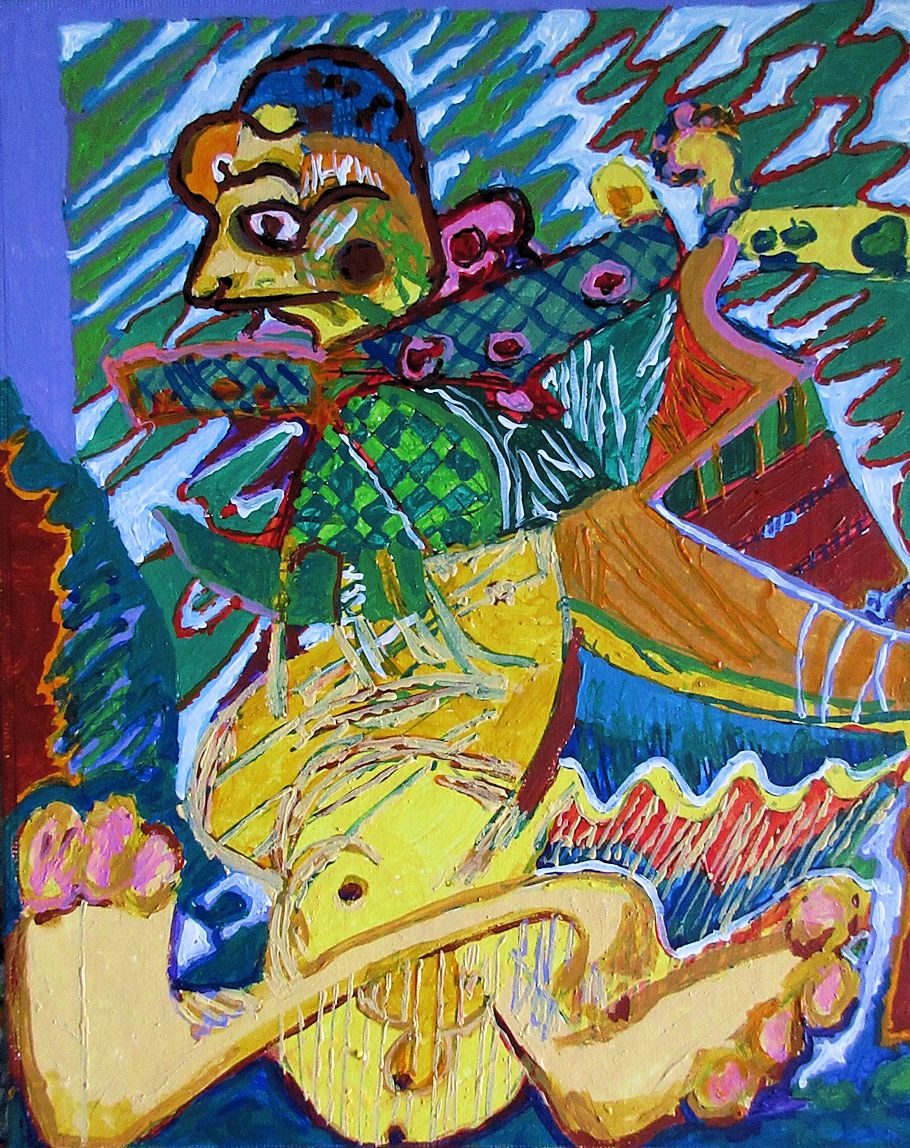

zero six three
24 July 2020
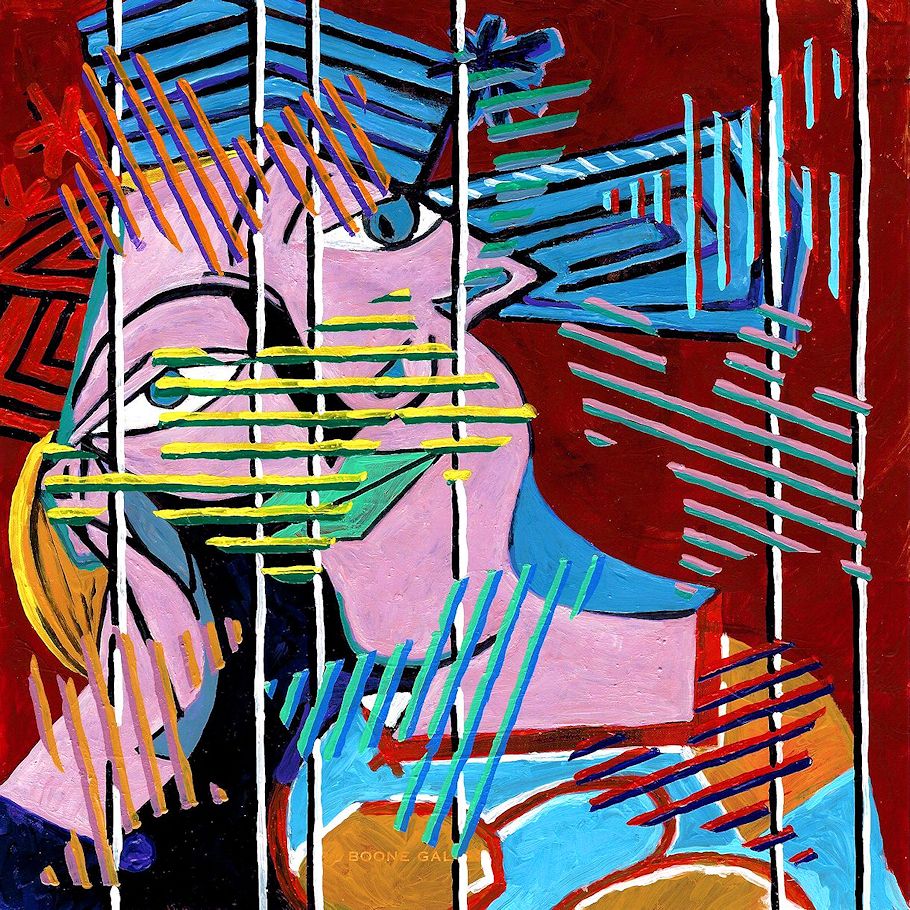
Mary Boone's 180 hours of community service hours 139 140 141 142 143 144

24 July 2023 Monday
Bought Mrs. Adams in Winter: A Journey in the Last Days of Napoleon at eBay yesterday. Louisa Adams offers a significant window into Hélène Gregoroffsky Fisher's home life in St. Petersburg--a moon orbit riding the diplomatic orbit.
I'm satisfied with the outcome of Piranesi's "final project." If more comes along, that would be fine, but I also feel, at this point at least, that more isn't necessary. Presumably, virtually all the extent/disparate pieces of Ancient Circuses have here been brought together.
|